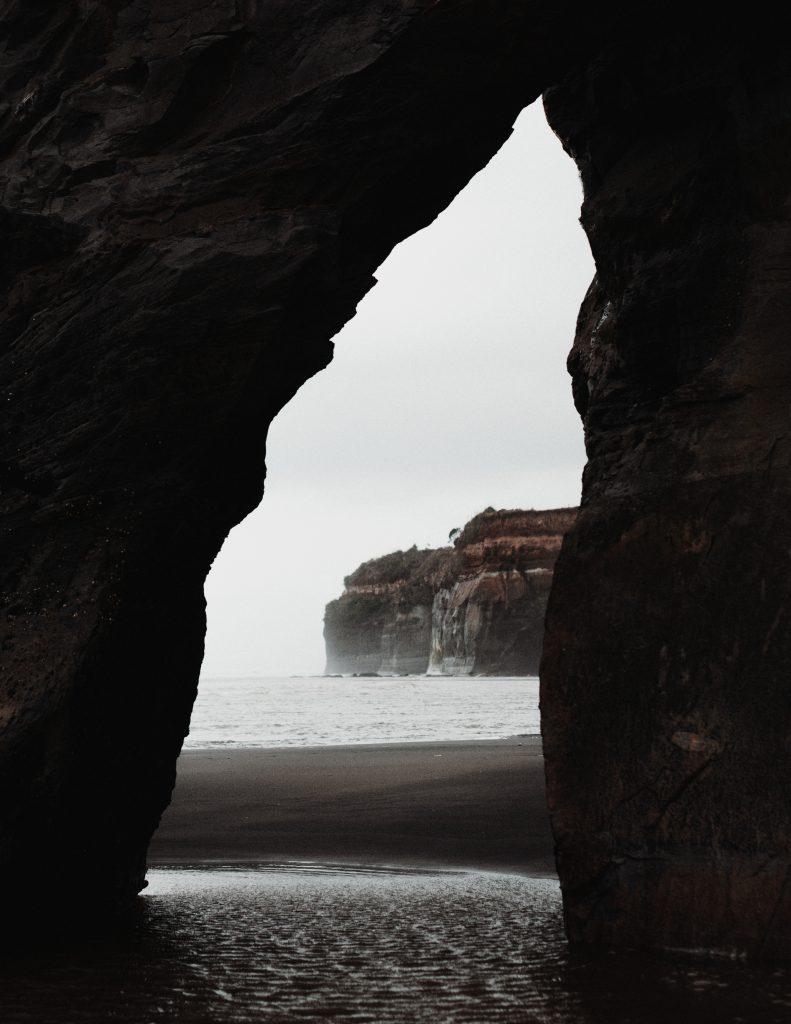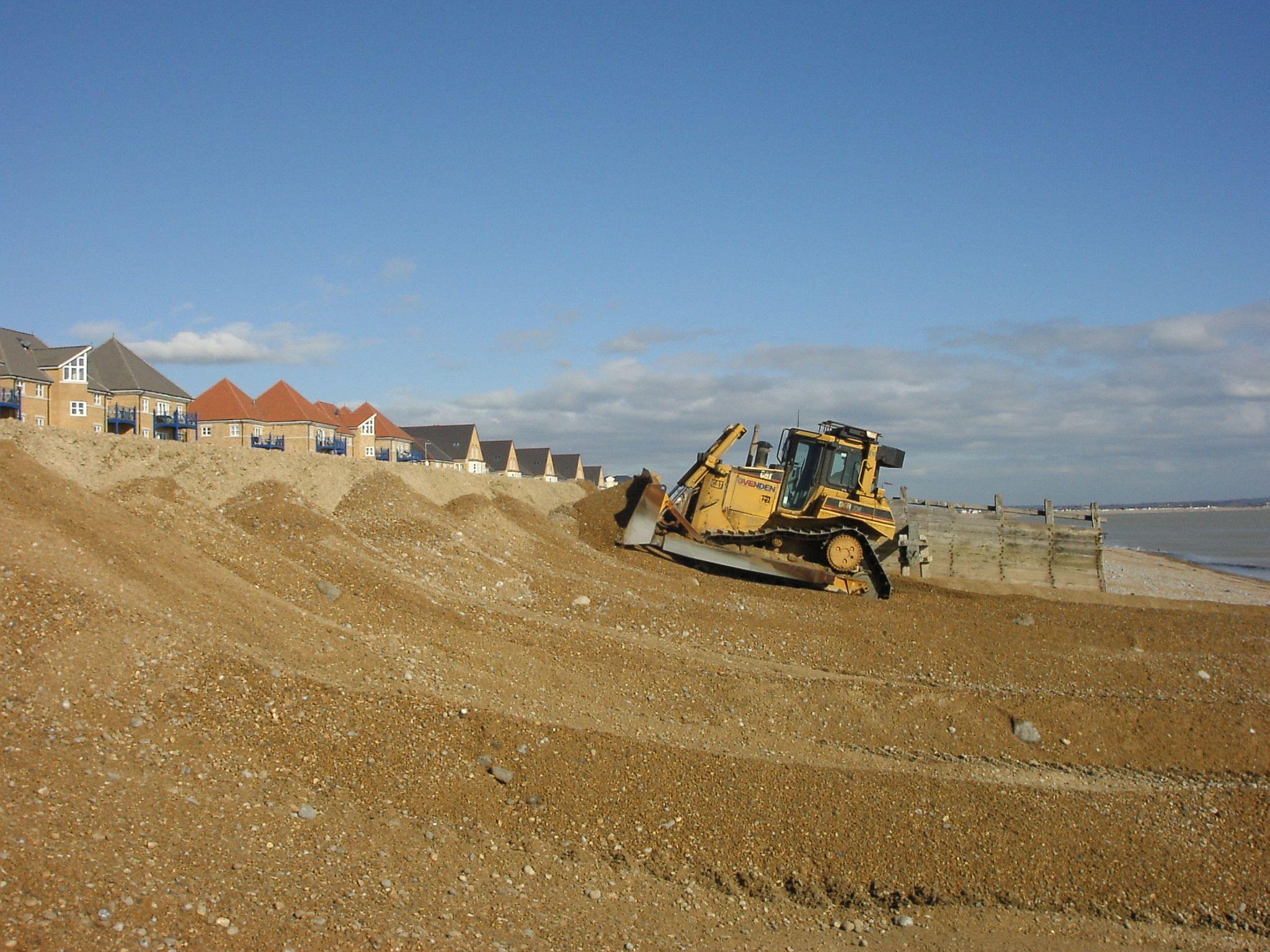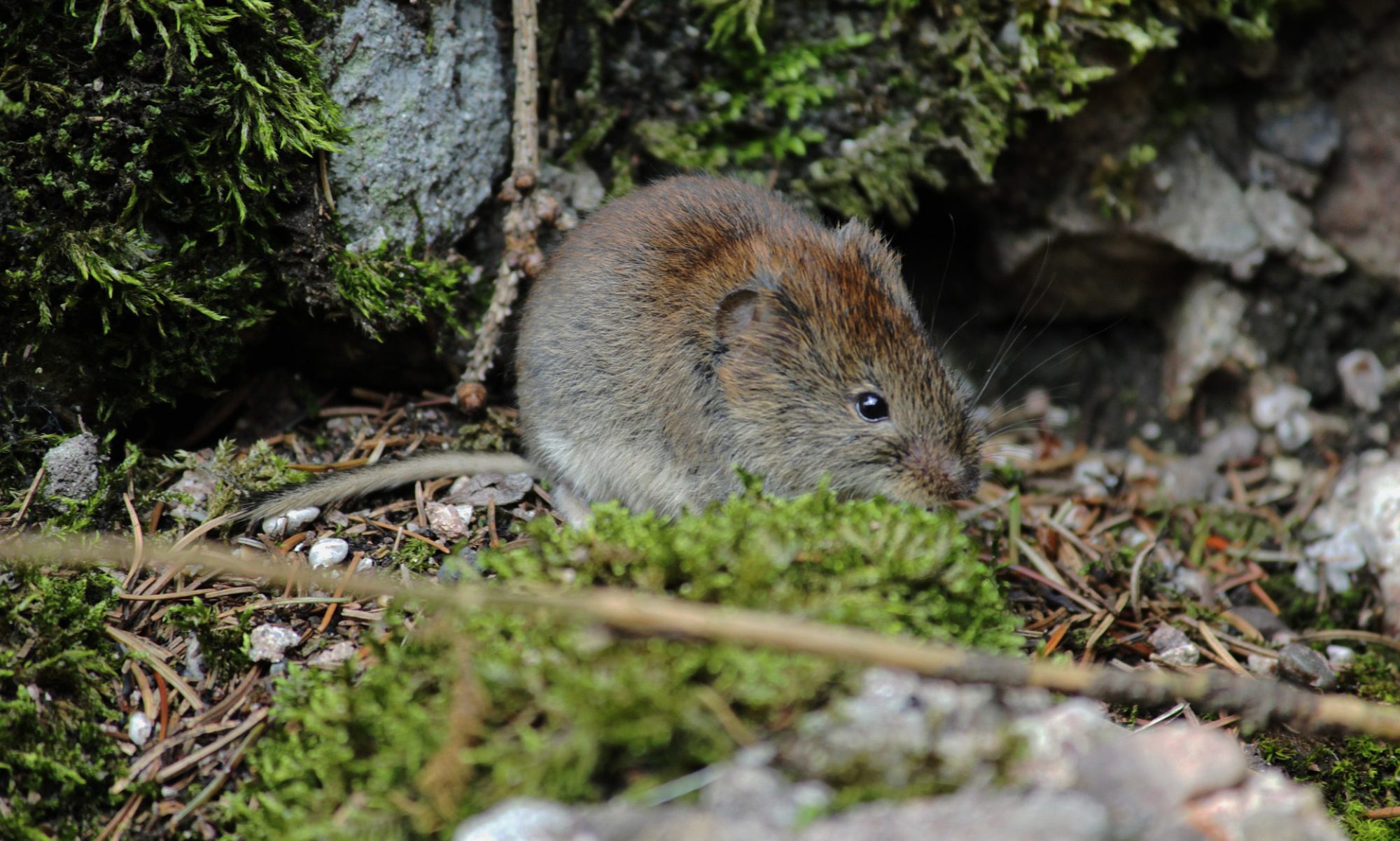As we learnt in a previous blog about waves, some waves can be destructive and will begin to erode our shoreline. But how do we help defend our coastal areas from this erosion? Read on to find out!

Erosion can cause the destruction of our natural spaces, when this occurs along our coastlines it can cause cliff collapse and other damage. Coastal defences are management techniques designed to protect shorelines from flooding and erosion caused by waves and rising water levels. These management techniques fall into two sections: hard engineering strategies and soft engineering strategies.
Soft Engineering
Soft engineering is the use of natural management techniques to try and limit erosion, it does not involve artificial structures. Some examples of soft engineering are listed below.
Dune Nourishment
Dune nourishment is the restoration of dunes using plants like Marram Grass or by using sediment from a different area which help to trap the sand and stabilise the dunes. This also increases the biodiversity of the area and helps create a barrier between land and sea.
Reprofiling
Reprofiling is the movement of sediment around the beach to limit the effects of erosion. Usually sediment is moved from the lower part of the beach to the upper part of the beach, helping to create a natural slope and restore the beach.

Hard Engineering
Hard engineering is essential when erosion cannot be managed through soft engineering, it involves building artificial structures to protect the shoreline. Some examples of hard engineering are listed below
Sea walls and promenades
These are usually walls made of concrete that are placed along the bottom of a cliff to stop erosion. These walls are curved or angled, which helps to absorb and reflect the energy from waves back into the sea, promenades are the path which can be built along on the top of these sea walls.
Groynes
Groynes are wooden or stone structures which are built on the beach and into the sea, used to stop the erosion of beaches through long shore drift, which removes sand and sediment from beaches through destructive waves. These groynes help build the beach by trapping sediment and sand between groynes.

Rock Armour or Rip Rap
Rock armour is essentially a large pile of boulders or large rocks which are placed at the bottom of cliffs to prevent erosion. These large rocks help to break the waves and distribute the wave energy before contact is made with the cliff side.

These are just a few of the management techniques used to protect our coast, there are many more! How many of these management techniques have you seen? Let us know in the comments!



